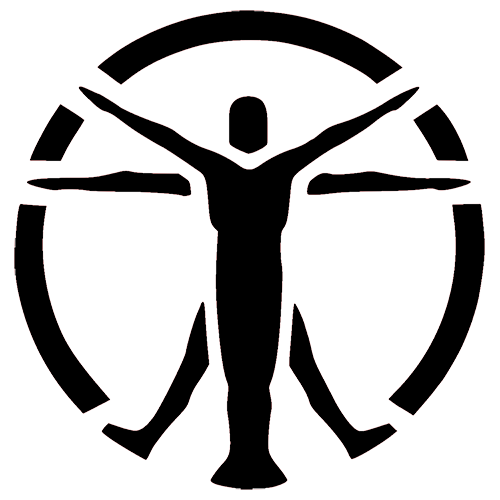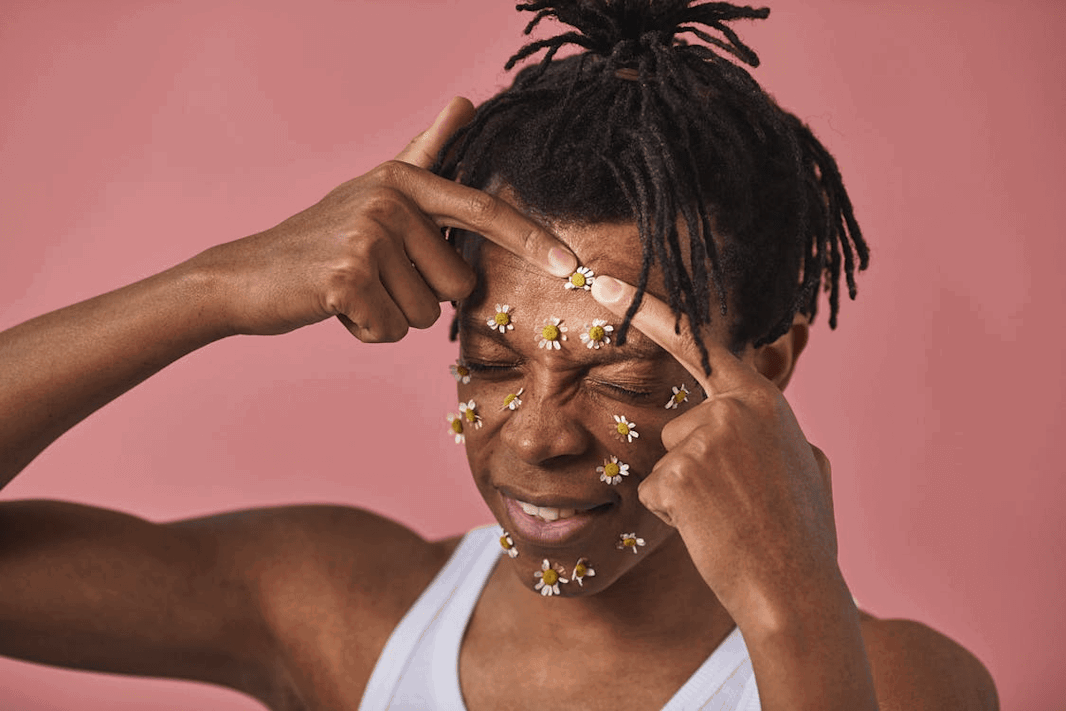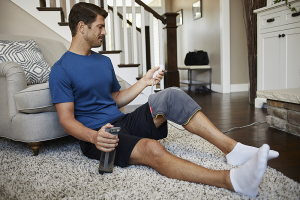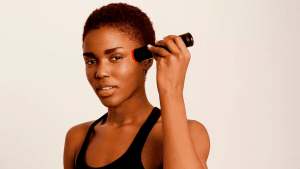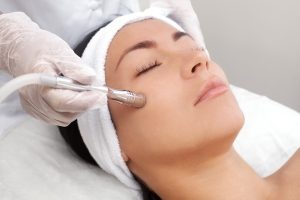Acne is the most common chronic skin condition. It affects from 40 to 50 million people in America in all age groups. Usually, factors that cause acne are the same for all body regions, however, the forehead had its specification, like haircare products, head accessories, etc.
You might feel self-conscious about pimples and blackheads on the forehead. Fortunately, there are many methods you can use to get rid of forehead acne. We will look at effective ways available with over-the-counter medications or procedures.
What is acne?
Acne is a skin issue that occurs when skin pores get blocked with dead cells and oil. If bacteria growth starts inside the clogged follicles, the inflammation starts too.
Acne is not a few pimples that occur rarely it is a chronic skin condition connected to clogged hair follicles and oil glands.
Acne signs vary depending on severity:
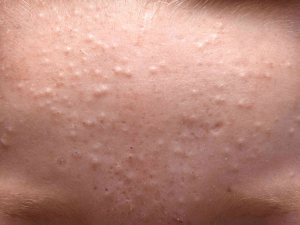 | Clogged closed pores |
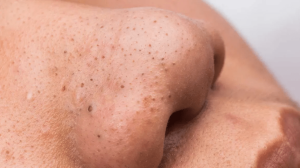 | Open pores plugged with dead skin cells and dirt |
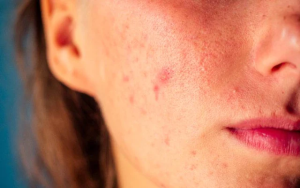 | Small red and solid bumps with conical shape (has no pus-filled tip) |
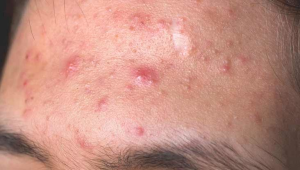 | Like papules, but with pus on the tip |
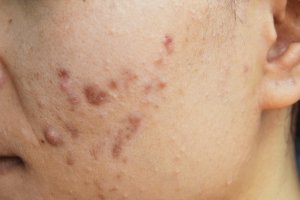 | Severe type of acne. It is big, red, inflamed painful lums and knots (nodules) deep under the skin. Looks like red bumps. Has a high likelihood of scaring. ❗ With this type of acne, you should appoint a meeting with a dermatologist |
 | Severe form. Large painful breakouts filled with pus formed deep under the skin surface. Looks like boils. Has a high likelihood of developing scars. ❗ With this type of acne, you should appoint a meeting with a dermatologist |
What are the causes of forehead acne?
Whether you have acne on the forehead or in any other place, the causes are mostly the same.
In the normal state, the skin produces oil called sebum. It is secreted by a special sebaceous gland located in every skin pore. Sebum lubricates the skin and protects it from excess moisture and frictions. Moreover, it has antioxidant and antibacterial activity [1].
Sometimes the pores can be clogged with dirt, oil, or dead cells. It looks like white- or blackhead on the skin. If bacteria or fungi start to grow inside the pore you will see papules and pimples.
Several factors increase the probability of developing acne:
- Hormonal changes like puberty, pregnancy, or menstruation increase oil production and lead to breakouts.
- Hair can add excess oil on the forehead if you have oily hair or wash the head not often enough.
- Hair-care products for styling like waxes, gels, and masks usually contain comedogenic ingredients. For example, coconut oil or butter.
- Medications, for example, those that affect hormonal levels. If you recently have started to take a new medication, we advise you to review its side effect.
- Excess consumption of food with high glycemic index and load (GI/GL), dairy products, and highly–fatty food [2].
- Head accessories like hats, caps, helmets, and bands can cause acne because they rub against the skin and causes extra sweating and bacteria growth.
- Makeup irritation has a lot of similarities with hair-styling products and can cause acne on sensitive skin.
- Stress doesn’t cause acne, however, it can alter hormonal balance that can trigger acne or worse it.
- Touching skin with fingers brings oil and bacteria to the forehead surface and can lead to acne.
4 effective and proven ways to get rid of forehead acne
Salicylic acid — for sensitive skin with white- and blackheads
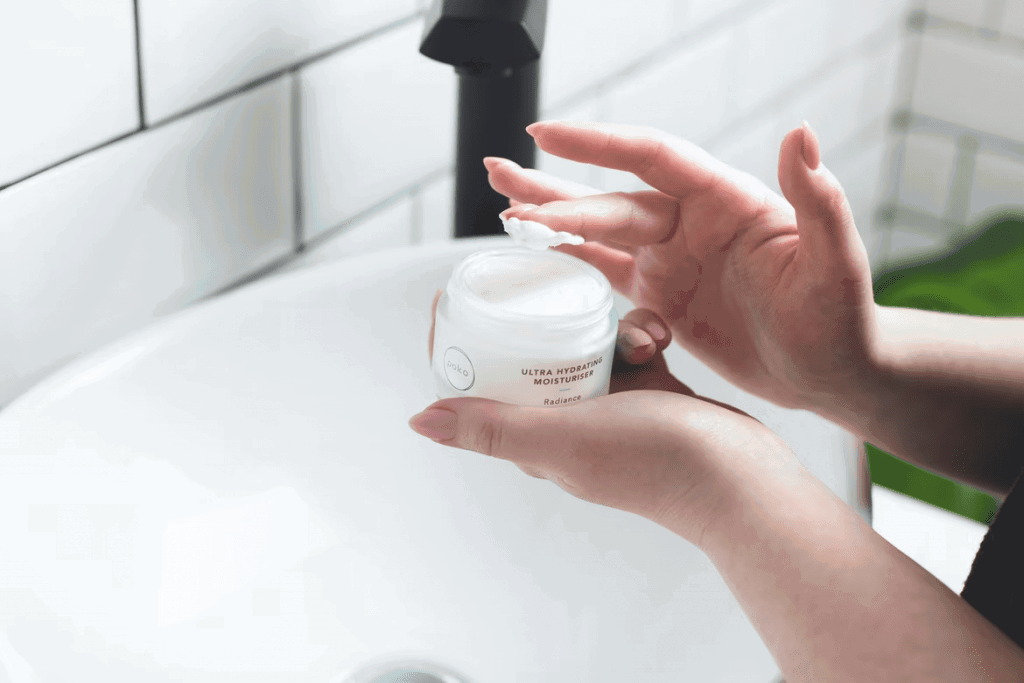
Salicylic acid (or BHA) is a common ingredient for skin-care products. It is used to unclog the pores and as an exfoliant.
You can buy products with salicylic acid over the counter in concentrations in the range of 0.5% to 2%. If you want to get a product with higher strength you need a prescription as it is an FDA-regulated drug.
One study compared the effect of the 2% salicylic acid to 5% benzoyl peroxide/0.1% adapalene split-face test. The latter is another standard acne treatment we will discuss further. 31 subjects with mild to moderate acne underwent treatment for 28 days. Both treatments significantly reduced the number of papules/pustules, non-inflammatory lesions, and total lesions ranging from 42 to 50% [3].

Light therapy — innovative non-invasive technology
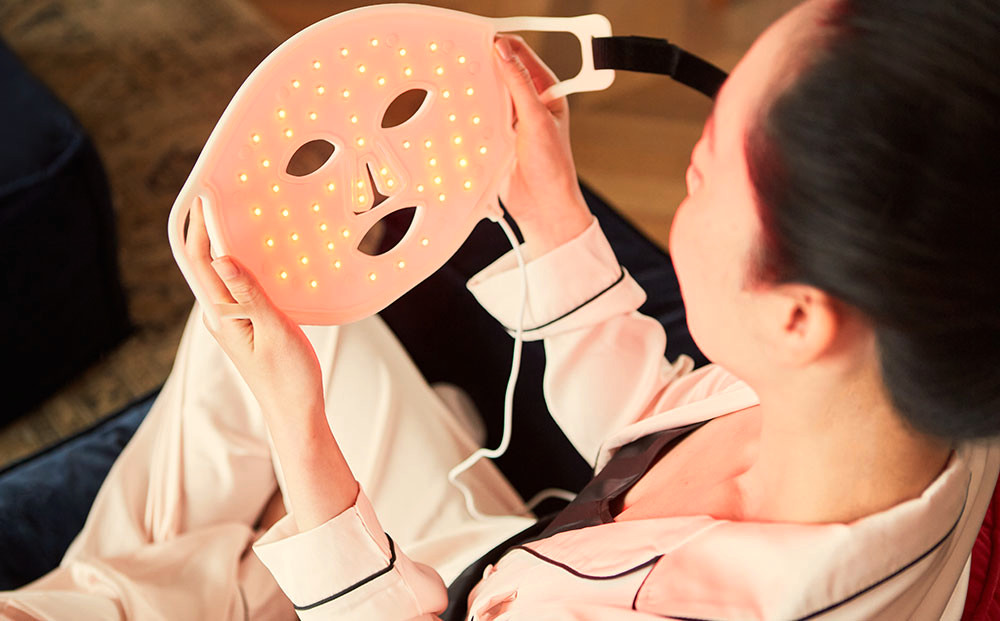
Light therapy is a non-invasive and safe method to treat acne at home or at the doctor’s office. Usually, it is either blue, red, or a combination of wavelengths.
Light therapy is usually used for treating patients with mild to moderate symptoms. Each wavelength has its own function. Blue light therapy (with wavelength ~ 400-500 nm) kills bacteria in inflamed acne. Red light therapy (from 600 to 660 nm) promotes wound healing and the reduction of inflammation.
Rare minor side effects of phototherapy are dry skin, changes in pigmentation, stinging, itchiness, and irritation. You should avoid using phototherapy if you take any medication that increases photosensitivity,
The combined therapy of blue (415 nm) and red (660 nm) light showed 76% improvements in inflammatory lesions [4]. Another study demonstrated that combined light therapy results in about 50% improvement in 30 severe cases of acne [5].
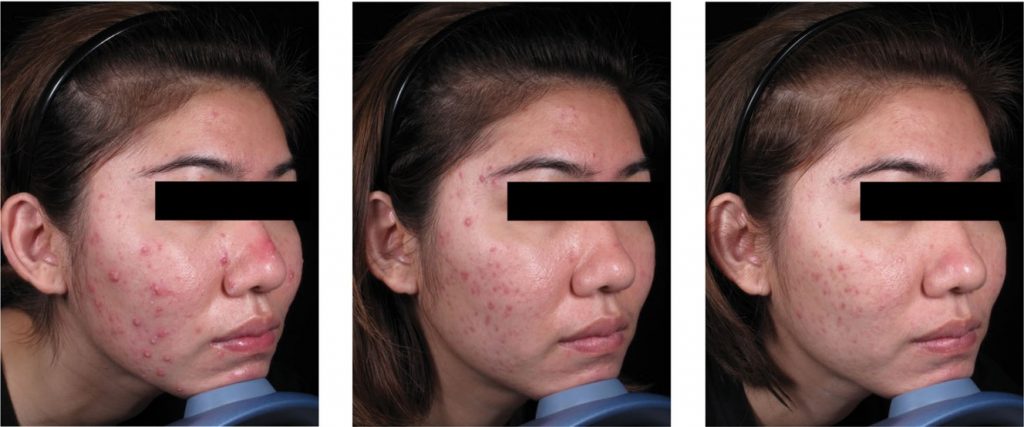
Patients can effectively use light therapy at home. In one study, 30 patients were divided into placebo and treated groups. Patients who used blue light therapy devices showed a significant shortage of 76% in lesion size and erythema after 4 treatments [6].
Light therapy is also effective in reducing acne in teenagers. One study compared the efficiency of LED light therapy with 10% salicylic acid among 22 adolescents. After ten weekly sessions, both treatments show a significant reduction in the number of comedones, pustules, and papules. However, a greater decrease in pustules was observed in the group with light treatment [7].
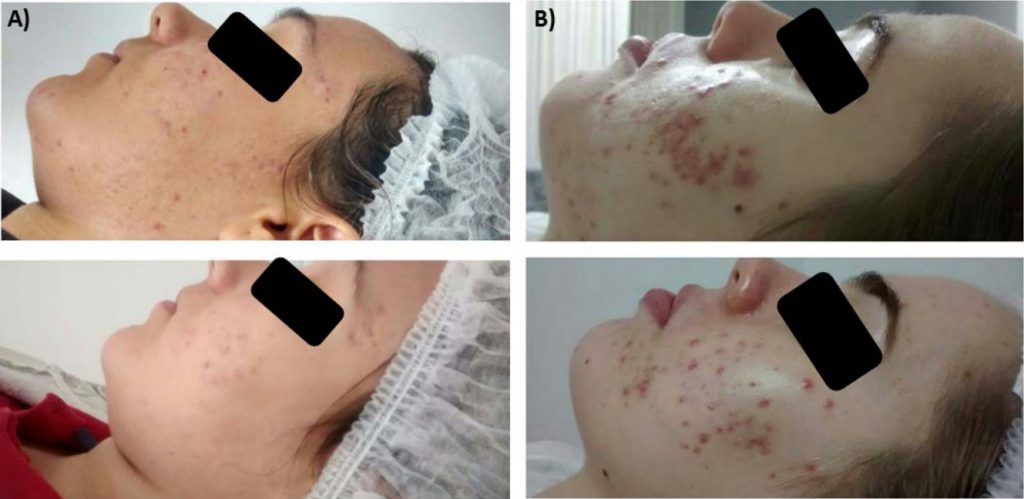
Benzole peroxide — for inflammatory acne
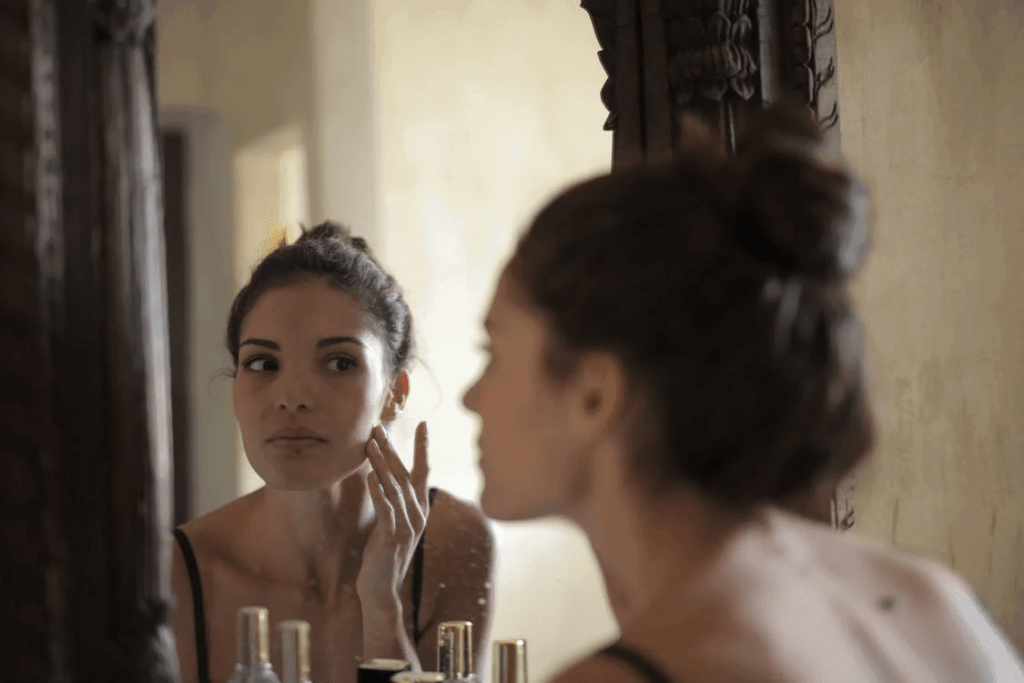
Benzoyl peroxide (BP) is another over-the-counter product that is used to treat acne. It kills acne-causing bacteria and reduces inflammation.
One study tested the effect of benzoyl peroxide (BP) and its combination with widespread retinoid adapalene for treating acne. The research lasted 6 months and included 105 patients which made monthly control visits. The research found no significant difference in treatment efficiency between groups. The average number of lesions was reduced by more than 3 times [8].
The analysis of the 4 clinical studies [9] demonstrated that the effectiveness of benzoyl peroxide ranged from 15-30% for inflammatory acne and 13-40% for non-inflammatory lesions compared to the vehicle group. This result is clinically meaningful.

As benzoyl peroxide can cause skin irritation or allergic reaction. If this is your first use apply the medication to the small acne area 1-2 times per day for 3 days. If there is no reaction, start to use it as prescribed.
Retinoids — get rid of acne and scars

Three types of retinoids are widespread for treating acne. They are tretinoin, aka trans- retinoic acid, tazarotene, and adapalene. The first two are prescribed medications, while adapalene with 0.1% concentration is available over-the-counter. Usually, doctors prescribe retinoids after other treatments failed to work.
The main function of retinoids is unclogging the pores. Moreover, retinoids have anti-inflammatory effects and induce collagen synthesis in the skin, which reduces scar formation.
Adapalene is an effective way to get rid of forehead acne. The meta-analysis of five clinical studies with 900 patients with mild-to-moderate acne demonstrated that 0.1% adapalene significantly decreased total lesion count. Reported effectiveness was the same as with prescribed tretinoin 0.025%, however, adapalene had a faster onset of action and less irritation [10].
Adapalene treatment is usually combined with benzoyl peroxide. One long-term study [11] evaluated how the combination of 0.3% adapalene and 2.5% benzoyl peroxide affects the number of lesions and formation of atrophic scars during the split-face test in 41 patients.
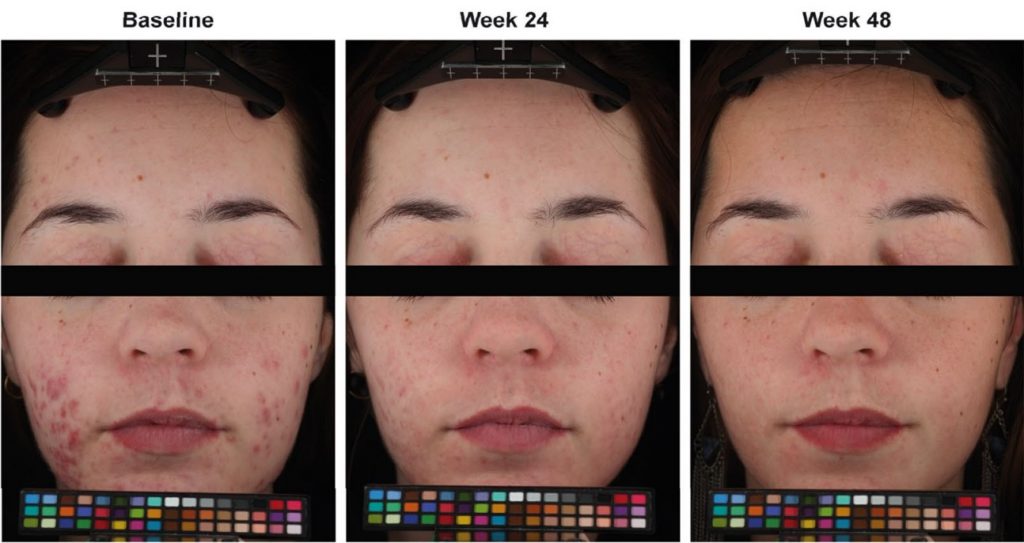
The first part of the research lasted 24 weeks and demonstrated that combined therapy significantly reduce the number of lesions and scars compared to the side treated with a vehicle.
The second part lasted also 24 weeks during which participants had to apply A0.3/BP2.5 on the entire face. The half that had previously received the treatment demonstrated fewer amount of scars and lesions. Another side also showed significant improvement, however, it had 1.5 more scars than the side that received 48 weeks of treatment.
How prevent further breakouts?
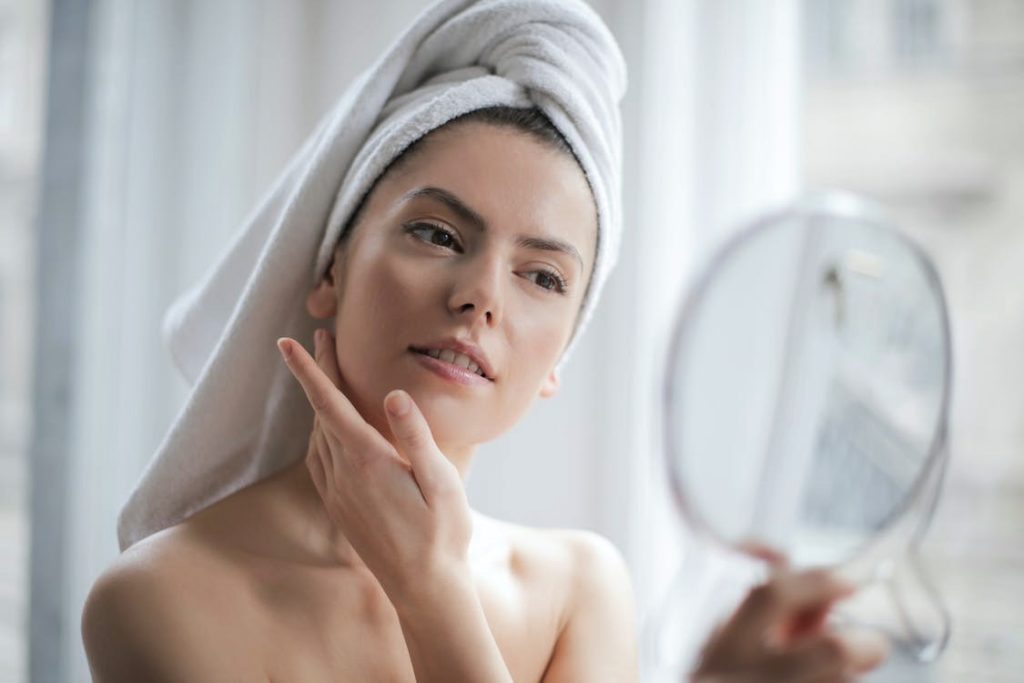
✅ Keep the face clean: It is enough to wash your face twice a day to remove all oils and dead cells from the face. Frequent washing, scrubbing, or harsh soap can damage the skin. It results in the production of more sebum and irritation. Don’t forget to clean the skin with water and towels after sweating.
✅ Use moisturizer to keep the skin hydrated when treating acne. Look for the “non-comedogenic” label on the package. It means that the product doesn’t cause acne.
✅ Use non-comedogenic and fragrance-free cosmetics for make-up. It will prevent skin irritation. Moreover, don’t forget to wash off makeup before going to bed.
✅ Review hair-care products you use. You should avoid using fragrances, oils, pomades, or gels for the hair. When hair gets on your face all these oily compounds remain on the face and clog the pores. Greasy hair leads to the same problem, so wash it often and keep it polled away from your face.
✅ Keep good hygiene while wearing head accessories. If you like to wear a hat you should regularly wipe out the sweat under the hat. Moreover, use accessories made of breathable fabric and wash them frequently.
✅ Keep a healthy diet. You should avoid high-glycemic carbohydrates, like white rice, bread, or sugar, a large amount of chocolate, dairy, and fatty products. These products can cause excess oil secretion. Before starting any type of new diet it is better to check with the dietitian, so you can get enough amount of calories and nutrients.
✅ Don’t touch the skin as it brings bacteria to the surface. If you cannot give up doing so wash your hands regularly, so your hands remain clear.
✅ Limit sun exposure. When the sun dehydrates the skin, it starts to produce more sebum. Buy non-comedogenic and oil-free sunscreen to protect yourself.
When is it time to see a dermatologist?
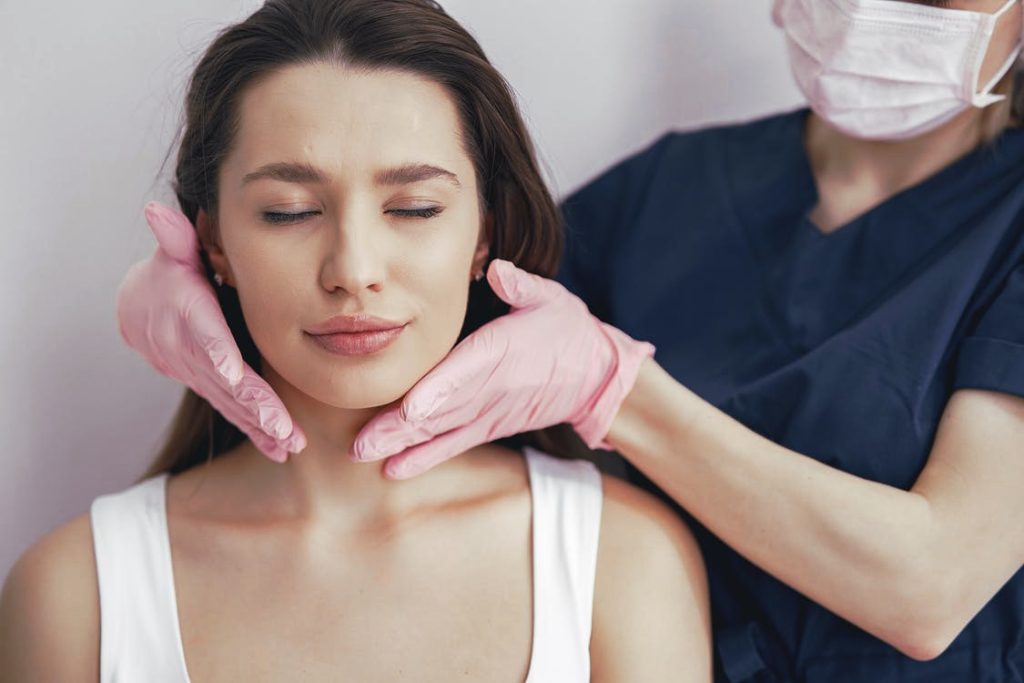
Mild and moderate acne can be successfully treated at home. However, there are situations when you should see the doctor.
First of all, if you have nodules and cysts, you should see a dermatologist. The specialist will estimate your situation individually and prescribe a treatment plan for you.
If you have already tried some over-the-counter medications or home remedies and still have acne, it is also a sign to meet a primary care doctor or a dermatologist who will prescribe stronger medications.
Moreover, if you are an older adult and suddenly get severe acne, it can be a symptom of health issues. In this case, you shouldn’t postpone your visit to the doctor.
Prescription medication for acne includes
- Retinoids and retinoid-like drugs;
- Antibiotics;
- Anti-androgen agents;
- Retinoids and retinoid-like drugs;
- Stronger azelaic acid and salicylic acid.
Summary
Many factors contribute to the formation of forehead acne, starting from hormonal changes and cosmetics to medications and food. Luckily, forehead acne is not a lifetime sentence.
There are many ways how you can get rid of this skin condition and return the smooth and healthy skin. Most acne cases can be treated with topical medications that can unclog the pores and kill bacteria. Widespread options are salicylic acid, benzoyl peroxide, or retinoids like adapalene. All these drugs have proven efficiency in reducing acne, and you can buy them over-the-counter.
However, you should be patient while waiting for results. Usually, it takes from 2 to 3 months to see significant improvement. If you are looking for faster results or treating stubborn acne, we recommend you try light therapy. There are many safe and effective at-home devices.
FAQ
🍔 What foods cause forehead acne?
The evidence that certain food causes acne is controversial. However, there is evidence that some food can worsen the existing condition. They are food with high-glycemic carbohydrates, dairy products, fast food, and chocolate.
🔴 Why do I get sudden forehead acne?
If you are an adolescent, then it is possibly due to hormonal changes in your organism. Other possible reasons are recently changed cosmetics or hair-styling products, overconsumption of oily and sweet food, excess sweating, or new medication. If nothing above applies to you, we recommend seeing your doctor. Sudden acne can be a sign of health issues.
⏱️ How to get rid of forehead acne in one day?
Unfortunately, it is not possible to remove acne overnight. The main advice here is not to squeeze the pimples. It can make the appearance even worse. Wash face with exfoliating cleansers and apply benzoyl peroxide. Another possible solution is hydrocortisone cream which will decrease the redness.
👀 How to treat stubborn forehead acne?
If you have already used over-the-counter medication, talk to the dermatologist about prescription drugs or phototherapy. You can perform light therapy with SolaWave, an affordable brand, which gained popularity with compact and effective devices for combating acne-related concerns.
Sources:
- Makrantonaki, E., Ganceviciene, R., & Zouboulis, C. (2011). An update on the role of the sebaceous gland in the pathogenesis of acne. Dermato-endocrinology, 3(1), 41–49. https://doi.org/10.4161/derm.3.1.13900
- Dall’Oglio, F., Nasca, M. R., Fiorentini, F., & Micali, G. (2021). Diet and acne: review of the evidence from 2009 to 2020. International journal of dermatology, 60(6), 672–685. https://doi.org/10.1111/ijd.15390
- Zheng, Y., Yin, S., Xia, Y., Chen, J., Ye, C., Zeng, Q., & Lai, W. (2019). Efficacy and safety of 2% supramolecular salicylic acid compared with 5% benzoyl peroxide/0.1% adapalene in the acne treatment: a randomized, split-face, open-label, single-center study. Cutaneous and ocular toxicology, 38(1), 48–54. https://doi.org/10.1080/15569527.2018.1518329
- Papageorgiou, P., Katsambas, A., & Chu, A. (2000). Phototherapy with blue (415 nm) and red (660 nm) light in the treatment of acne vulgaris. The British journal of dermatology, 142(5), 973–978. https://doi.org/10.1046/j.1365-2133.2000.03481.x
- Nitayavardhana, S., Manuskiatti, W., Cembrano, K., & Wanitphadeedecha, R. (2021). A Comparative Study Between Once-Weekly and Alternating Twice-Weekly Regimen Using Blue (470 nm) and Red (640 nm) Light Combination LED Phototherapy for Moderate-to-Severe Acne Vulgaris. Lasers in surgery and medicine, 53(8), 1080–1085. https://doi.org/10.1002/lsm.23388
- Gold, M. H., Sensing, W., & Biron, J. A. (2011). Clinical efficacy of home-use blue-light therapy for mild-to moderate acne. Journal of cosmetic and laser therapy : official publication of the European Society for Laser Dermatology, 13(6), 308–314. https://doi.org/10.3109/14764172.2011.630081
- Alba, M. N., Gerenutti, M., Yoshida, V. M., & Grotto, D. (2017). Clinical comparison of salicylic acid peel and LED-Laser phototherapy for the treatment of Acne vulgaris in teenagers. Journal of cosmetic and laser therapy : official publication of the European Society for Laser Dermatology, 19(1), 49–53. https://doi.org/10.1080/14764172.2016.1247961
- Korkut, C., & Piskin, S. (2005). Benzoyl peroxide, adapalene, and their combination in the treatment of acne vulgaris. The Journal of dermatology, 32(3), 169–173. https://doi.org/10.1111/j.1346-8138.2005.tb00739.x
- Kawashima, M., Nagare, T., & Doi, M. (2017). Clinical efficacy and safety of benzoyl peroxide for acne vulgaris: Comparison between Japanese and Western patients. The Journal of dermatology, 44(11), 1212–1218. https://doi.org/10.1111/1346-8138.13996
- Cunliffe, W. J., Poncet, M., Loesche, C., & Verschoore, M. (1998). A comparison of the efficacy and tolerability of adapalene 0.1% gel versus tretinoin 0.025% gel in patients with acne vulgaris: a meta-analysis of five randomized trials. The British journal of dermatology, 139 Suppl 52, 48–56. https://doi.org/10.1046/j.1365-2133.1998.1390s2048.x
- Dréno, B., Bissonnette, R., Gagné-Henley, A., Barankin, B., Lynde, C., Chavda, R., Kerrouche, N., & Tan, J. (2019). Long-Term Effectiveness and Safety of Up to 48 Weeks’ Treatment with Topical Adapalene 0.3%/Benzoyl Peroxide 2.5% Gel in the Prevention and Reduction of Atrophic Acne Scars in Moderate and Severe Facial Acne. American journal of clinical dermatology, 20(5), 725–732. https://doi.org/10.1007/s40257-019-00454-6
